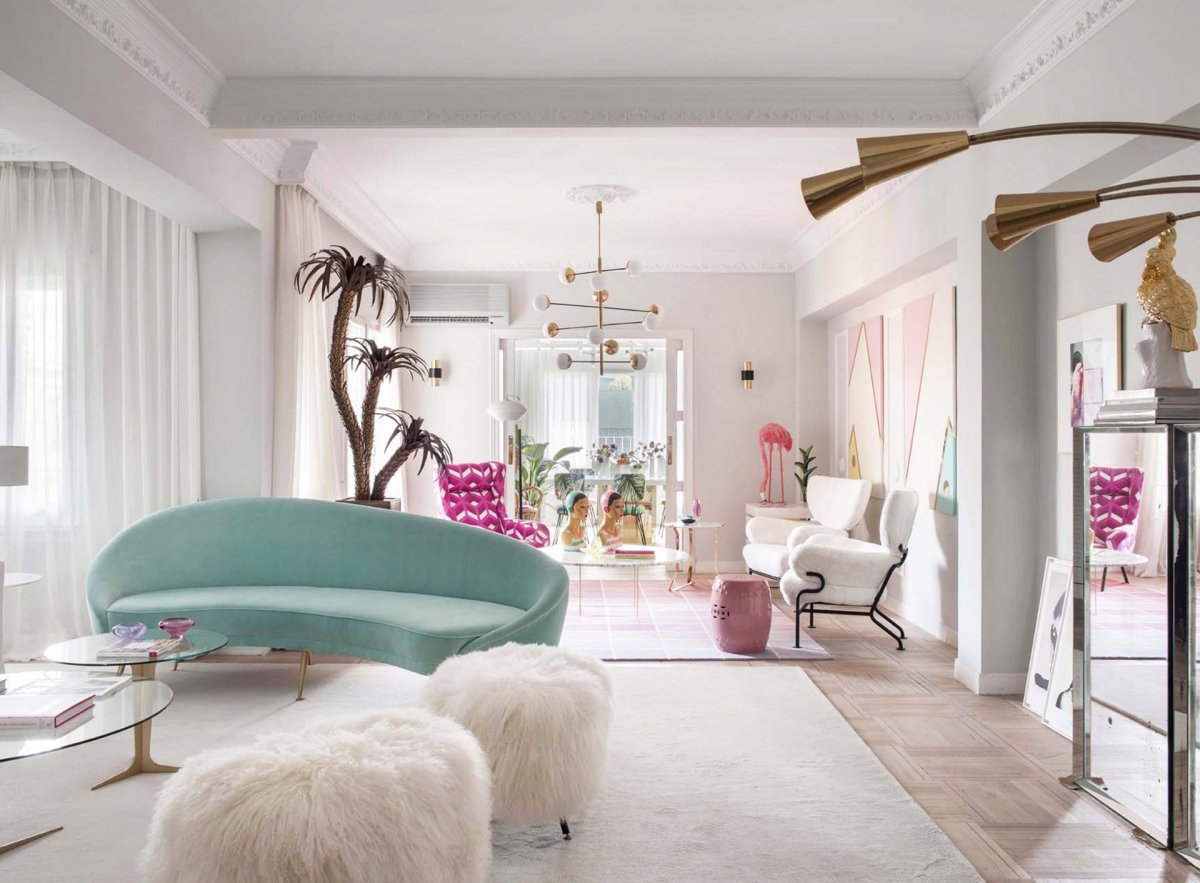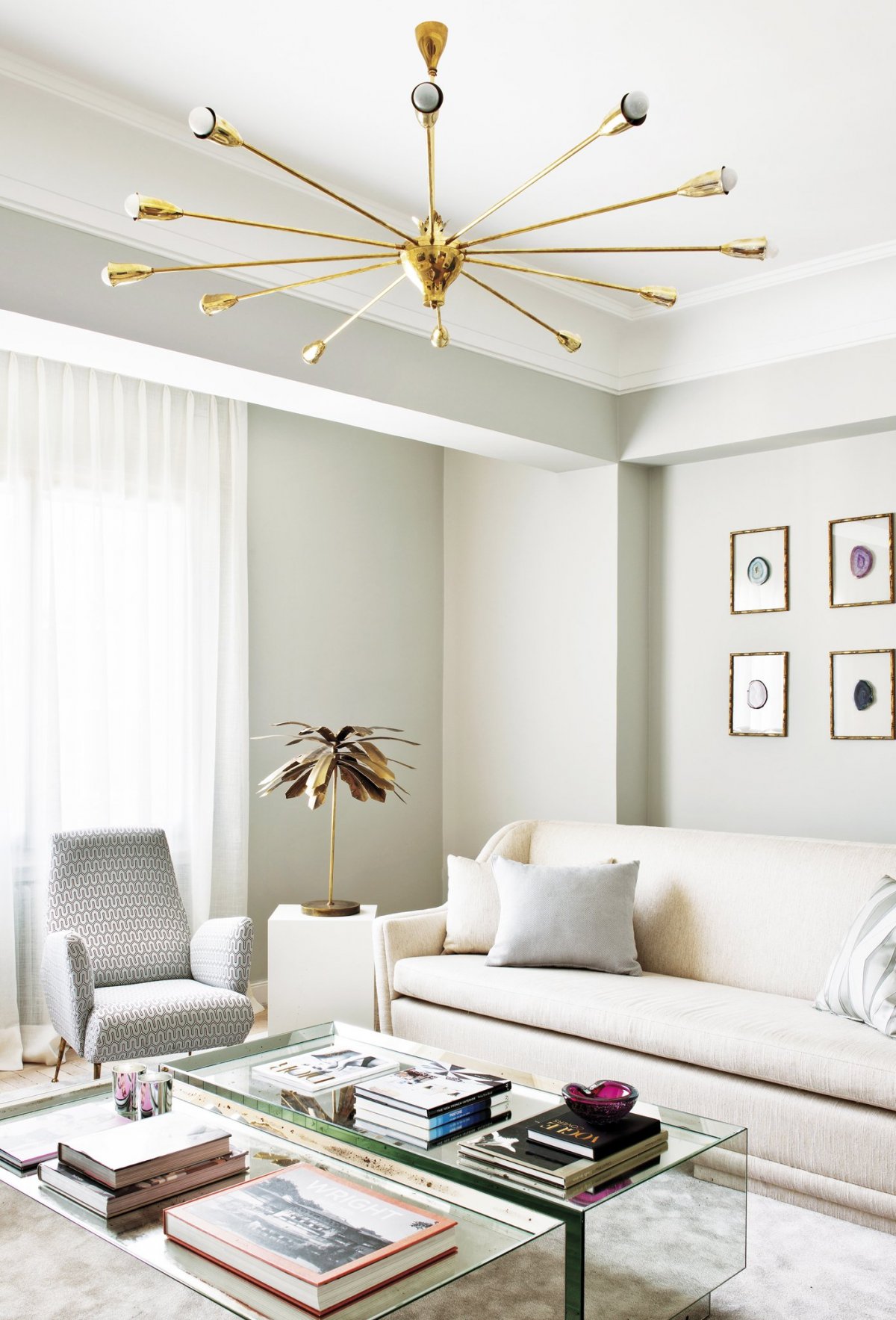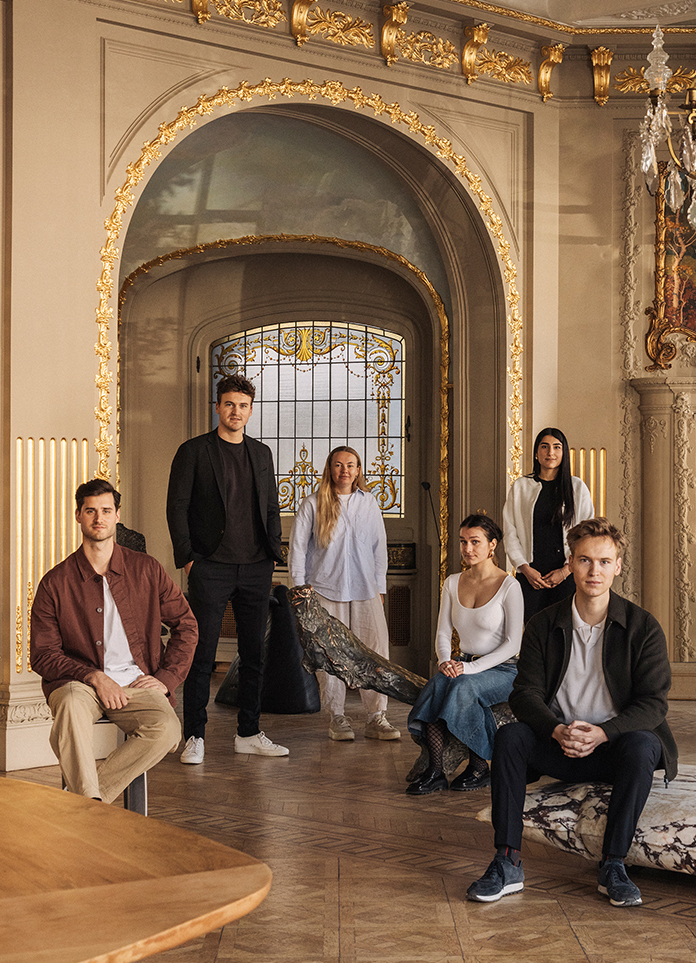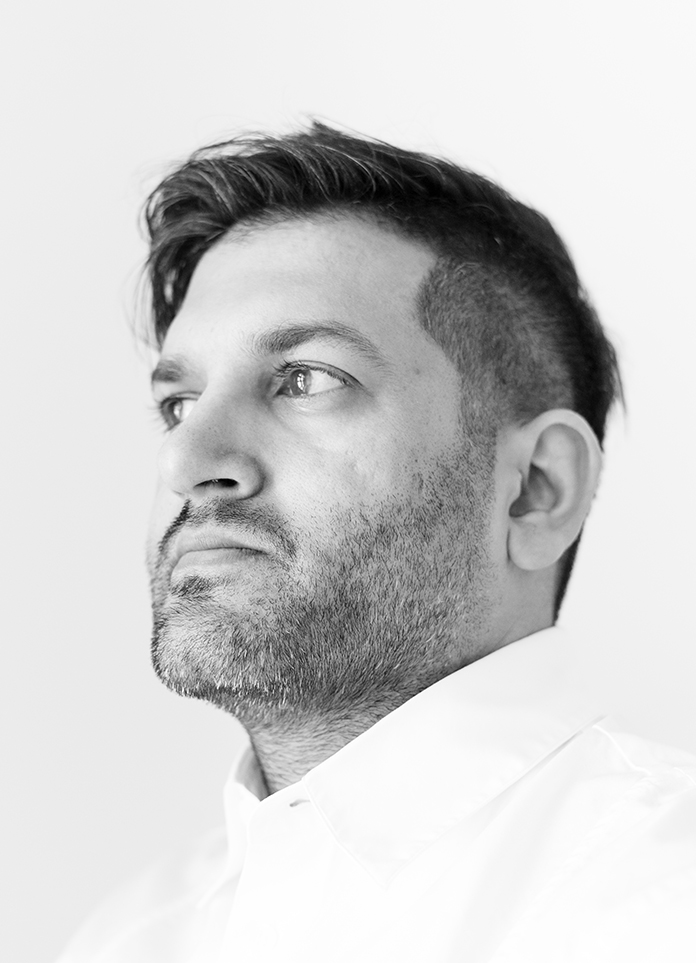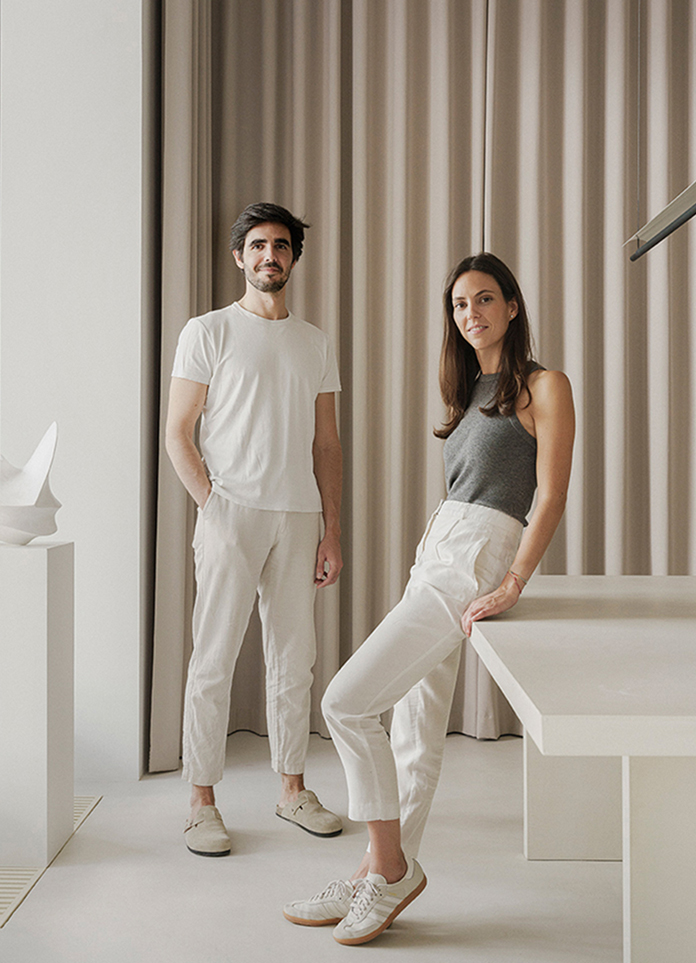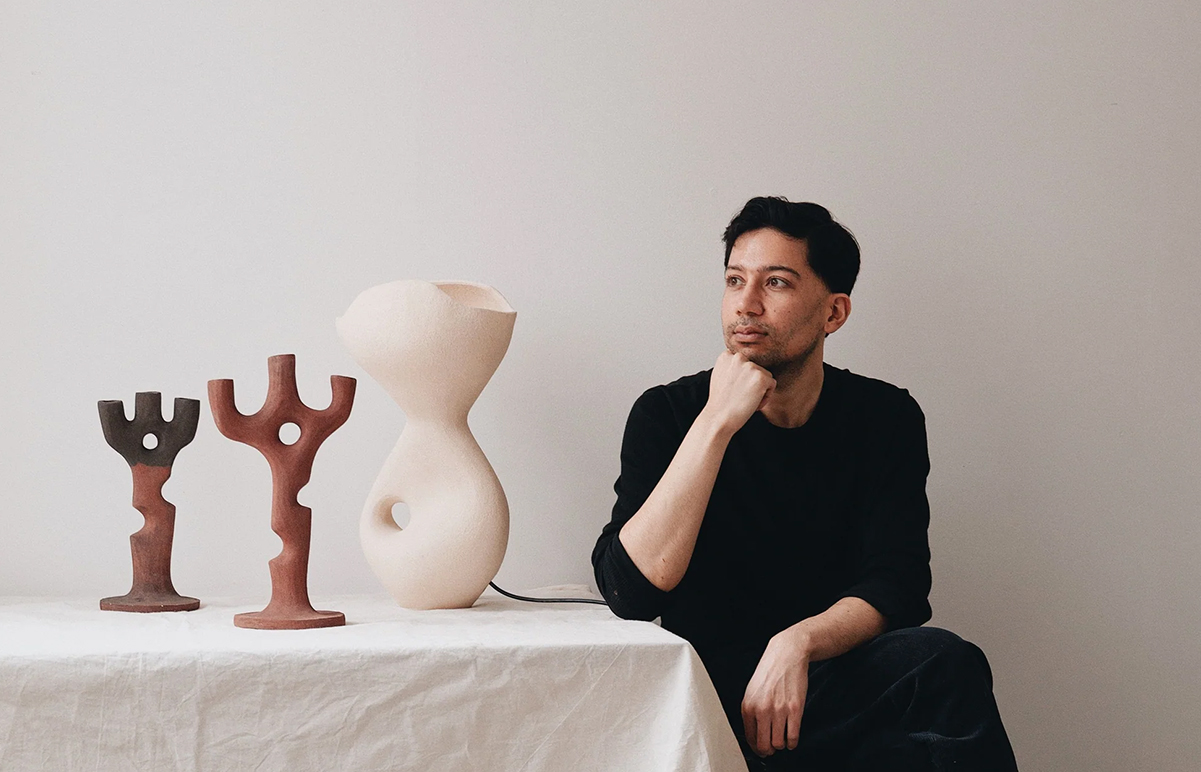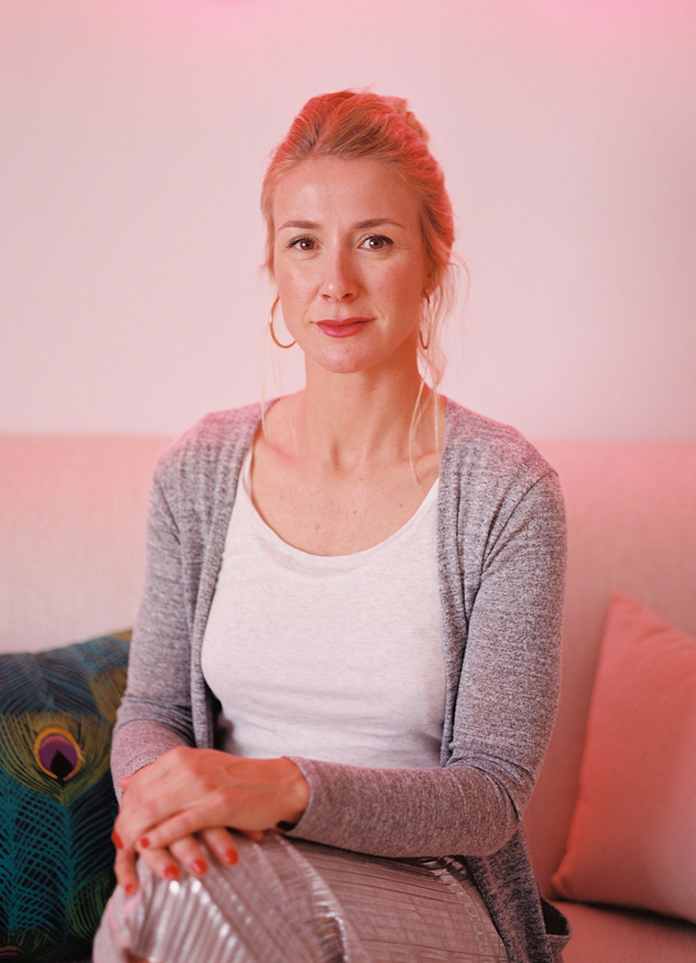
Patricia Bustos Studio is an interior design Studio based in Madrid, Spain, founded in 2015 by its founder. The studio works on interior design projects for private homes, hotels, restaurants, offices and shops. The studio was founded with a very clear mission to create something unique and innovative, always adding value to its design based on creativity and beauty.
Yinji:What was the opportunity for the creation of Patricia Bustos Studio?
Patricia Bustos:I've always had a curious and creative mind. I like to imagine different things, that surprise and that turn out to be novel. Design has always been my vocation for as long as I can remember so when I felt ready I took the leap without thinking twice. I love working in a team, I believe that four eyes create better than two and six better than four. So setting up my own studio and leading a team was my goal.
Yinji:What is the design philosophy of Patricia Bustos Studio?
Patricia Bustos:In the studio we talk about the 3 "s". Surprise: we are curious and we like challenges. The challenge of creating something new encourages our imagination and our creativity and makes the person who then perceives the space have a more poignant feeling. They remember the space in a more special way and activate their senses more intensely.
Singularity: that the spaces are truly unique and intended for the purpose of each project. Whether it is an individual's home or a business. Every project has to be recognizable and authentic.
Sense: that it has coherence and responds to the needs for which it was created, that it is a 360 project. Functional, comfortable but above all beautiful.
And there is a fourth "s", that of sustainability, which is transversal to the other three s."
Yinji:Which design masters influenced your work? What lessons have they taught you?
Patricia Bustos:Saenz de oiza, Antoni Gaudi, india mahdavi and kelly wearstler. They taught me that the most important thing is to cultivate original thinking and infinite curiosity, always eager to create lasting beauty. I believe that our work is closely linked to people's senses and sensitivity, and connecting deeply with our emotions makes us better able to connect with others. I am demanding and ambitious with the work in a good way. I always try to aim high, to impact the world and get my message across. Beauty is fundamental to everything, it makes us happier and puts us in a good mood we can't do without it.
Yinji:What is your color combination principle?
Patricia Bustos:The rule is that there are no rules, but I really like the theory of color byKandinsky's color theory and I usually make chromatic combinations of two by two or three by three and I also use a lot of gradients and de-toning to bring more chromatic interest.
Yinji:How do you break with the traditional color scheme?
Patricia Bustos:You have to lose the fear of color, in Europe and especially in Spain people are afraid of color because they think they are going to get tired of it. But this is not true. Color is a valuable instrument to generate emotions. If you know how to use it and encourage the right sensations the space will work much better. We usually use harmonies with analogous colors (close colors in the chromatic circle) and also semi-complementary or semi-contrasted color combinations. We find that this type of contrast is sweeter and more harmonious than when you use completely opposite colors.
Yinji:How to evoke the emotion of color in space?
Patricia Bustos:In the case of spaces for individuals I try to make a previous color study with them. What are their references. What does each color mean to them and what makes them feel good. There is a very subjective part in the interpretation of colors that is linked to the experiences of each person and although there is another set of rules that usually have an objective impact, I am interested in knowing the particular part of my clients to be able to adapt to them. For example, cold colors make the space bigger and warm ones smaller and cozier, blue colors capture the attention and encourage concentration ... natural and earthy colors remind us of nature and less natural colors (the artificial ones we call them) such as fluorine colors take us to fantasy worlds. As I say, there are a series of almost universal rules that we as professionals should know, but I am interested in knowing the culture and experiences of the client to be able to get it right.
Yinji:How do you balance the themes of "color innovation" and "space comfort" in design?
Patricia Bustos:I think they are not at odds with each other. I think comfort is achieved through a good design that is balanced and takes into account all factors. Scale, proportion, harmony and chromatic composition, all bathed by a well thought out lighting. But indeed each color or each chromatic composition promotes certain sensations or emotions and taking risks with color should be something that is well studied. When the project is residential, we reserve the strongest contrasts for transit areas, the entrance or the toilet. If the project is commercial, the creative licenses are greater and playing with color can be what gives us the key. In any case it is a cultural issue, countries like Mexico are accustomed to use colors in interior design and are able to achieve super comfortable spaces.
Yinji:How to be inspired by nature?
Patricia Bustos:Simply by observing. Nature is detailed and slow. But also monumental and grandiose. I try to capture its essence in some of my projects but always passing it through my own aesthetic filters. I would certainly say that nature is my greatest source of inspiration. And you just have to stop and look. Its chromatic ranges. The way they affect you. For example my favorite combination has always been the gradient pastel colors, blue, yellow and pink. And hey... what a coincidence, those are the colors of a sunset on the sea. Something to do with it (hahaha) Just look at it. Also her organic shapes and curves are very much reflected in my last spaces.
Yinji:How do you see the influence of different cultures in design? What do you think of oriental culture?
Patricia Bustos:It is very interesting to observe how different cultures have evolved towards one type of architecture or interior design and why. From the observation of these cultures you can get ideas for your projects. Mixing what adapts to you and looking for your own style and a genuine language. The line of the project, the shapes (curved, straight, arched, more minimalist or ornamental) give us clues about the aesthetic references of the author and the culture in which we can frame that work. Studying it nourishes and enriches us and allows us to incorporate new "ways of doing" in our projects. In the West, for example, the greatest ally of beauty has always been light. In Eastern culture, on the other hand, the essential thing is to capture the enigma of the shadow. Learning to appreciate the patina, the light-darkness or the appearance of an antique tapestry is key to understanding Eastern culture. For them, the shadow helps us to better appreciate the beauty of things.
- Interiors: Patricia Bustos Studio
- Photos: Gina













